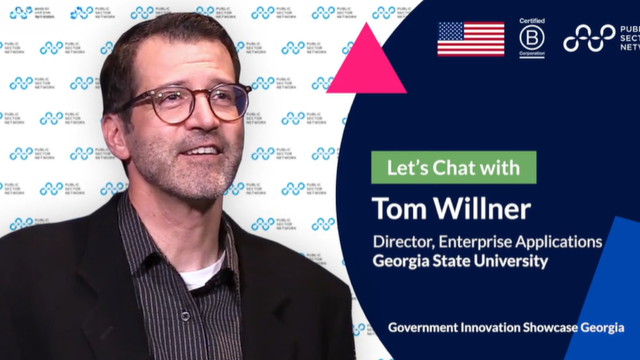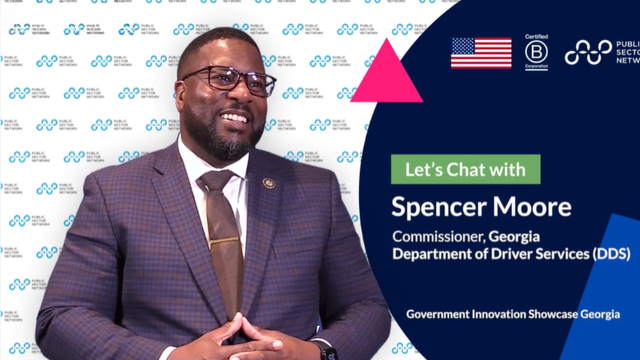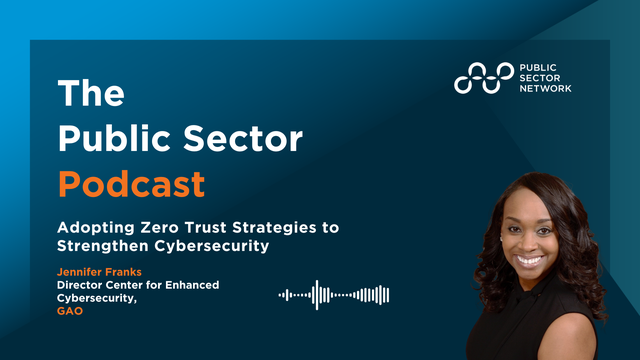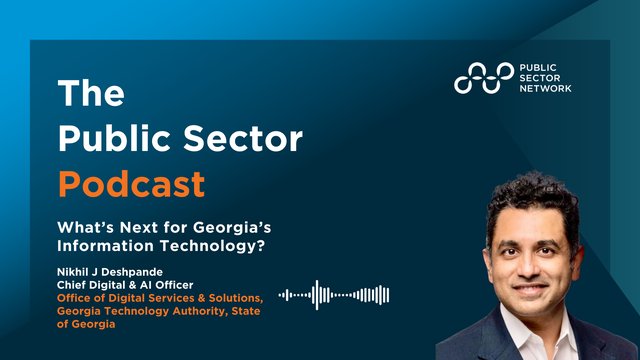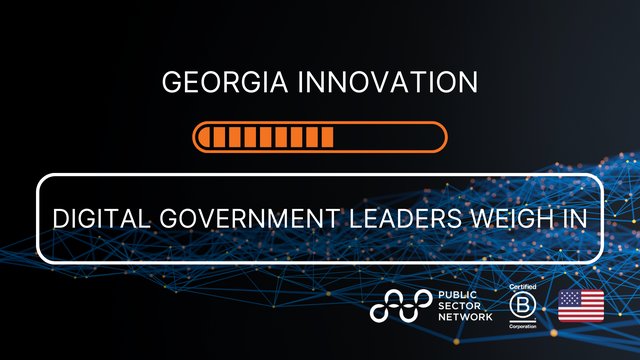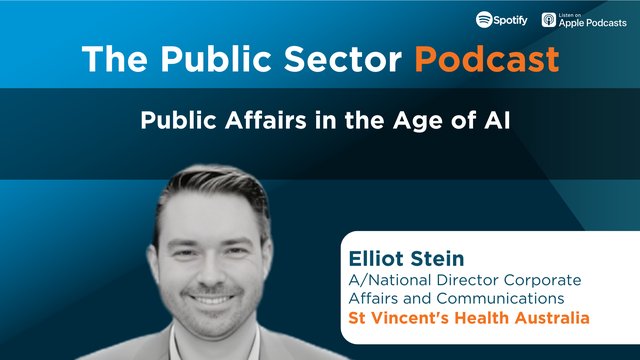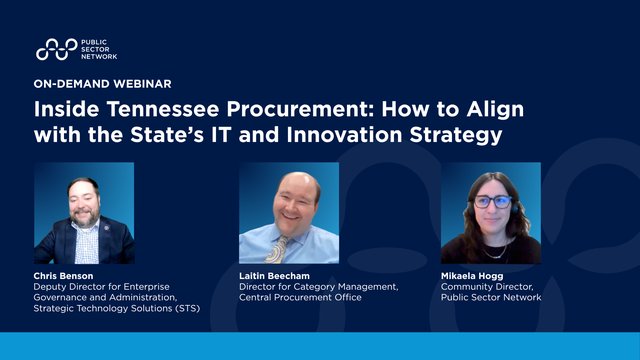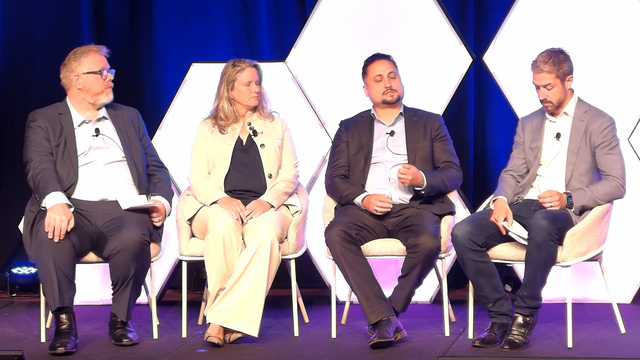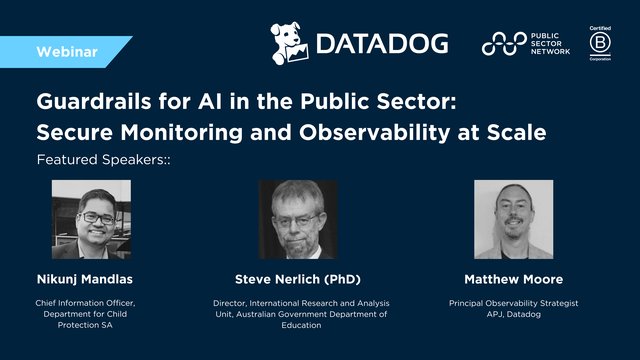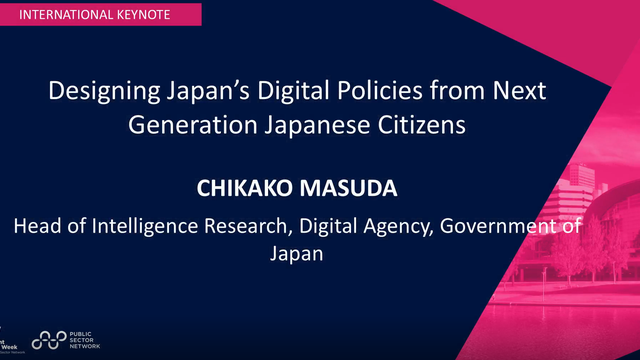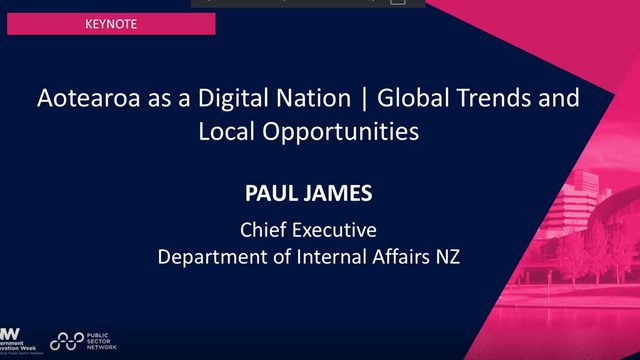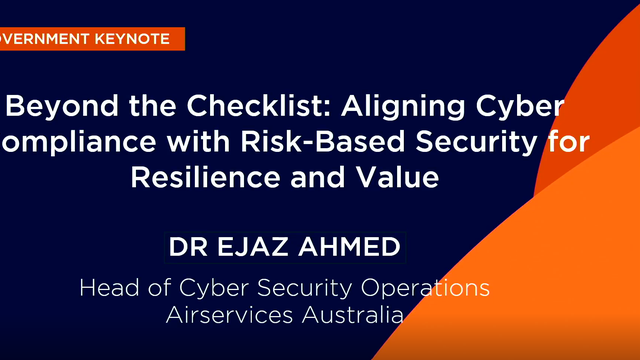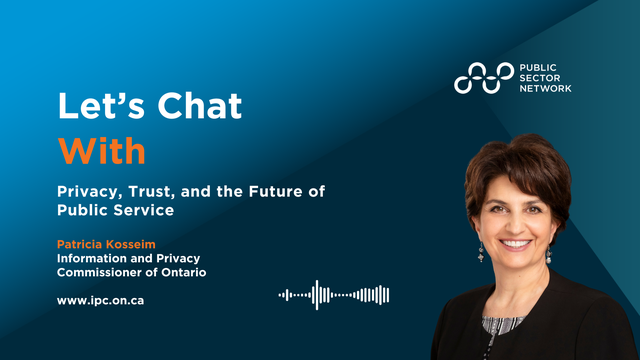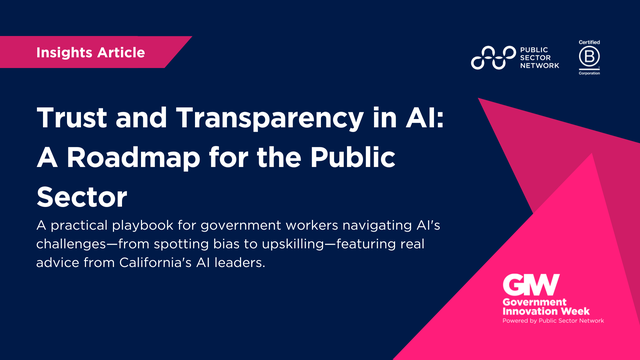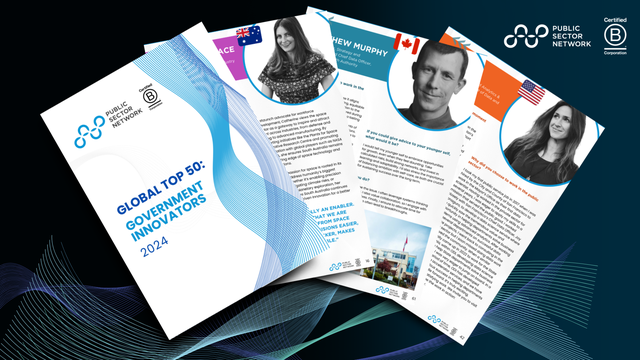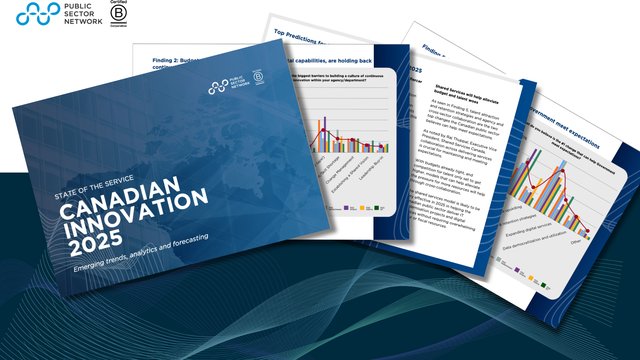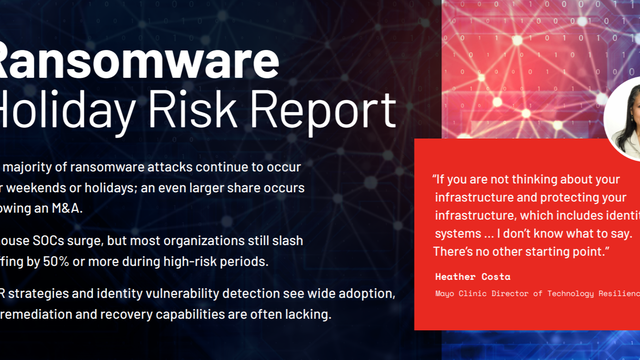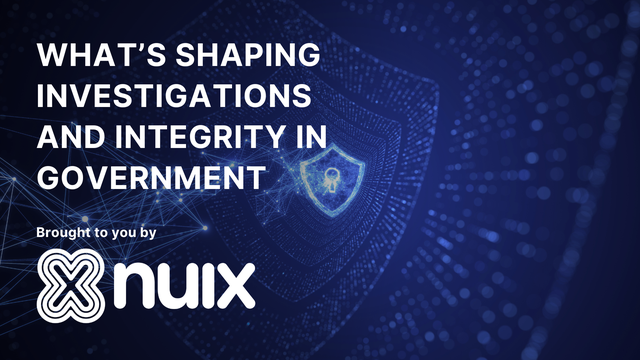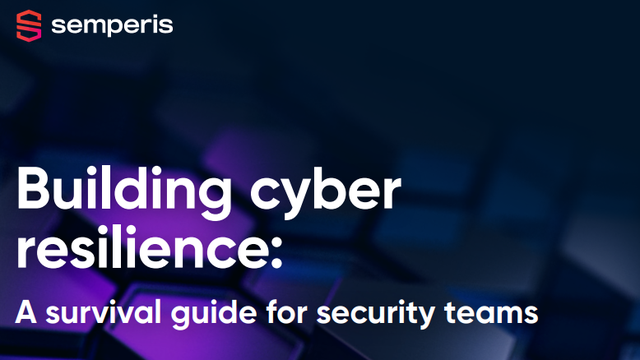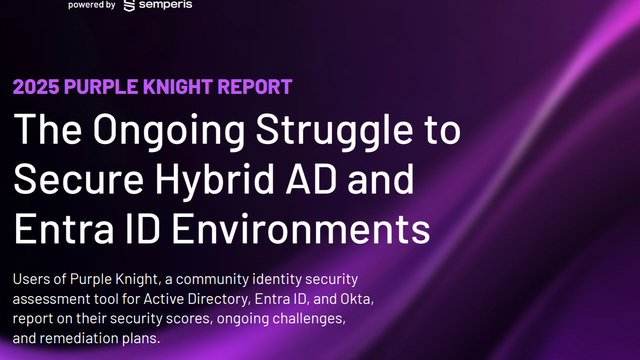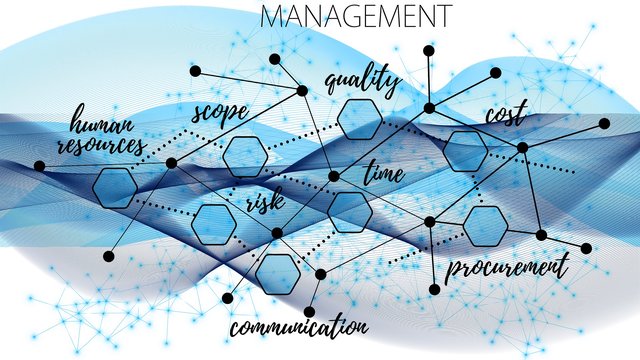
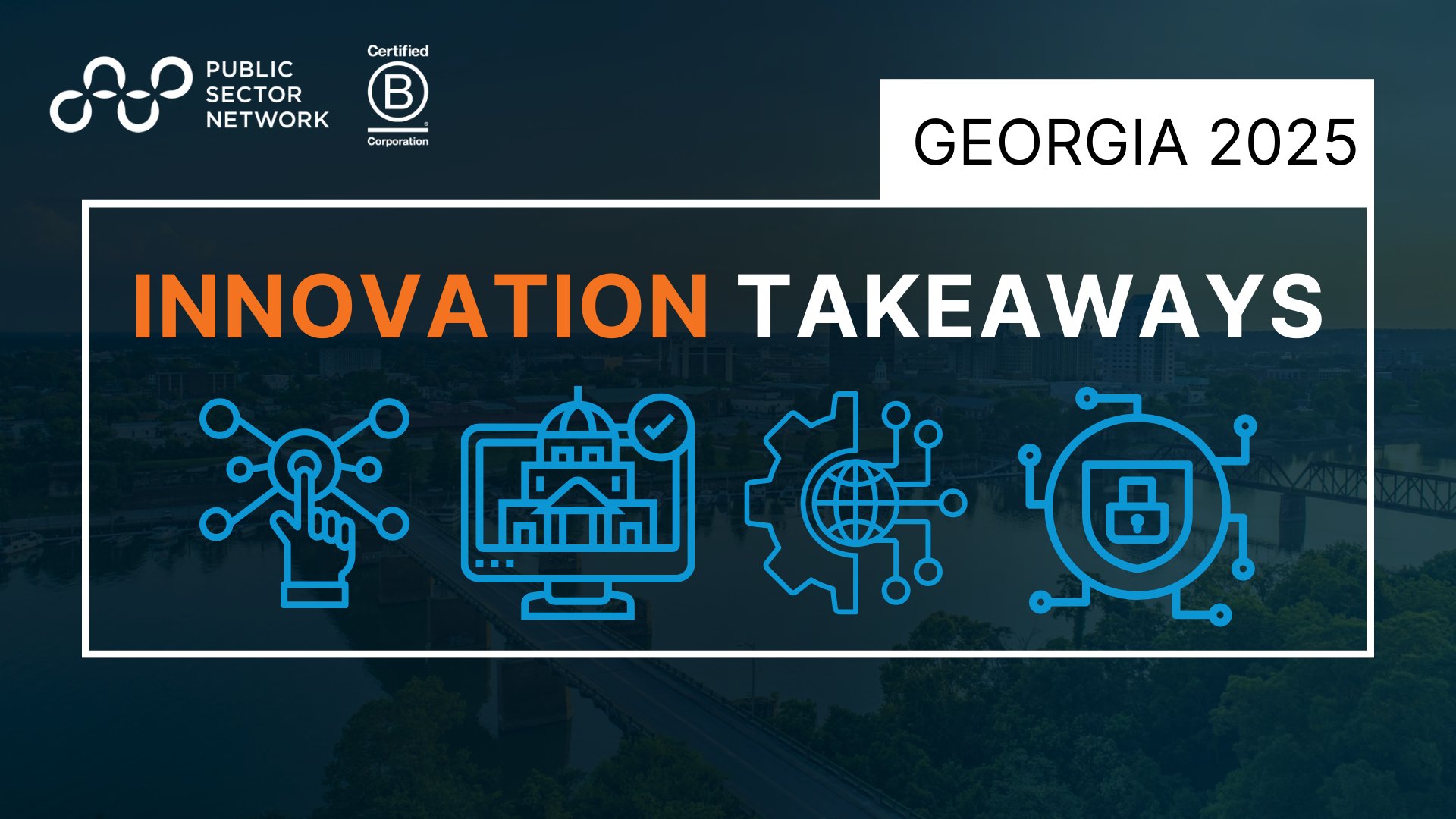
What’s Next for Georgia’s Information Technology?
Nikhil J Deshpande, Chief Digital & AI Officer, Office of Digital Services & Solutions, Georgia Technology Authority, State of Georgia
The Evolution of Government Digital Services
Over the past decade, government technology has shifted from infrastructure and platforms to a focus on the "experience layer"—ensuring intuitive and efficient interactions for citizens. AI is now becoming the next major experience layer, demanding new approaches to accessibility, trust, and usability in public services.The Role of AI in Government Strategy
The Georgia Technology Authority is building an AI governance framework, focusing on responsible and ethical AI adoption. Key initiatives include workforce training, AI-powered operational efficiencies, and strategic partnerships with universities and industry to ensure equitable and transparent implementation.Preparing for an AI-Driven Future
AI is evolving at an unprecedented pace, requiring governments to stay proactive. The rise of agentic AI, data-driven decision-making, and AI-enhanced public services means organizations must invest in AI literacy, establish ethical guardrails, and integrate AI solutions while maintaining human oversight in decision-making.
Reimagining Driver Services
Spencer R. Moore. Commissioner, Georgia Department of Driver Services (DDS)
Reimagining the DMV Through Technology
Georgia’s Department of Driver Services (DDS) has prioritized customer experience by leveraging technology. Through self-service kiosks, mobile apps, and digital credentials, DDS has reduced wait times and enhanced accessibility, shifting away from the traditional long-line DMV experience.AI and Data-Driven Service Improvements
DDS uses real-time data and analytics to optimize operations, such as tracking customer flow, reducing processing times, and enhancing fraud prevention. The agency also developed virtual road tests using in-car cameras and AI-powered analysis, improving safety, reducing examiner risk, and increasing test pass rates.Digital Identity and Security Innovations
Georgia is among the first states to offer digital driver's licenses through Apple, Google, and Samsung Wallets, enhancing security and convenience. DDS also encourages residents to establish online accounts to protect against identity fraud and ensure faster, more secure service access.
Defining and Achieving Your Agency’s 2025 Priorities
Soo Huey Yap, Director of Data and Performance, Metropolitan Atlanta Rapid Transit Authority
Bret Klingenberg, Major Account Manager State of Georgia, Fortinet
Dadisi Olutosin, FacilitatorCOO / VP, SLED & Federal Markets, Veterans Technology Solutions - USA
Strategic Priorities for Public Sector Agencies
Agencies are focusing on data governance, cybersecurity, workforce development, and infrastructure modernization to prepare for 2025 and beyond. AI is becoming embedded in operations, requiring robust data strategies, ethical AI policies, and human oversight. Leaders must ensure technology investments align with long-term organizational goals.Workforce Development and Skill Gaps
Public agencies face hiring challenges and skill shortages, particularly in cybersecurity, data analytics, and AI governance. Solutions include expanding internships, leveraging partnerships with workforce development programs, and providing continuous training to ensure employees stay ahead of technological advancements.Balancing Innovation with Budget Constraints
Agencies must navigate federal budget cuts while maintaining service efficiency and adopting new technologies. Strategies include prioritizing critical investments, consolidating redundant tools, and leveraging AI for operational efficiency—ensuring that services remain accessible and equitable for all communities.
Driving Digital Transformation: Lessons from Georgia State University
Tom Willner, Director, Enterprise Applications, Georgia State University
Using Technology to Improve Student Success
Georgia State University has developed AI-driven and data-centric solutions to support student retention and graduation rates. Initiatives like AI chatbots for student engagement, transcript automation, and predictive analytics for academic advising have significantly improved outcomes, particularly for first-generation and low-income students.Creating a Culture of Innovation
A data-driven, pilot-based approach ensures that technological solutions are both scalable and cost-effective. By continuously testing, measuring, and iterating on projects, Georgia State fosters an environment of continuous improvement without wasting resources on ineffective initiatives.The Human Element in Digital Transformation
Beyond technology, collaboration, adaptability, and leadership culture are crucial to fostering innovation. Prioritizing transparency, encouraging professional development, and streamlining decision-making processes help accelerate impactful change across the institution.
How South Carolina Built a Statewide AI Strategy to Drive Innovation
- South Carolina’s Collaborative AI Strategy Development
South Carolina’s AI strategy was developed through a multi-agency approach, engaging 80+ state agencies to align on shared priorities. The strategy focuses on promoting AI opportunities, pursuing responsible adoption, and protecting data security and ethics in implementation. - The Challenge of Defining AI Acceptable Use Policies (AUPs)
Unlike broad AI strategies, AUPs must address specific agency needs, legal considerations, and evolving risks. South Carolina is navigating the complexities of defining clear, accessible AI guidelines that balance innovation with accountability while ensuring compliance with existing regulations. - AI in Action: Virtual Assistants and Governance Frameworks
The state’s first major AI deployment is an AI-powered virtual assistant for SC.gov, aimed at improving citizen engagement. Governance challenges include defining data boundaries, integrating local and state data sources, and ensuring secure AI interactions, reflecting the broader need for adaptable AI policies.
No-Code, No Limits: Transforming Public Sector Operations with Custom Applications
Terry Simpson, Manager of Presales, Nintex
- The Shift from Buying to Building Applications
Organizations are moving away from purchasing off-the-shelf software and adopting no-code development platforms to build custom applications internally. This approach reduces costs, enhances flexibility, and enables faster responses to business needs, allowing teams to create tailored solutions in hours rather than months. - AI’s Role in Application Development and Optimization
AI is transforming application development by assisting in design, runtime automation, and continuous optimization. Organizations can use AI to generate workflows, improve process efficiency, monitor system usage, and detect vulnerabilities—ensuring that applications remain relevant and effective over time. - Security and Governance in AI-Enabled Workflows
Security remains a top priority for AI-driven applications, requiring integration with existing authentication systems like Active Directory to manage access. Additionally, AI-powered auditing and logging capabilities provide organizations with traceability and compliance oversight, ensuring security risks can be quickly identified and addressed.
Adopting Zero Trust Strategies to Strengthen Cybersecurity
Jennifer Franks, Director Center for Enhanced Cybersecurity, GAO
- Shifting from Implicit to Continuous Verification
Zero Trust Architecture (ZTA) eliminates automatic trust in users and systems by enforcing continuous verification. Unlike traditional network-based security models, ZTA prioritizes strict identity authentication, least privilege access, and real-time monitoring to prevent unauthorized access and data breaches. - Inventory and Access Management Are Critical Gaps
Many federal agencies struggle with unknown data sources and untracked system connections, making inventory management a top cybersecurity challenge. To implement Zero Trust effectively, organizations must identify, catalog, and continuously monitor their data, devices, and network assets to detect vulnerabilities and control access. - Cybersecurity is a Continuous Process, Not a One-Time Fix
ZTA implementation is an ongoing effort that evolves with emerging threats. Organizations should adopt a phased approach, starting with their most high-risk systems, and integrate continuous security awareness training to ensure all employees understand evolving risks and best practices for securing sensitive data.
Connecticut’s Digital Journey: Lessons from the Public Sector
Max Gigle, Deputy Director of Digital Product, Connecticut Department of Administration Services
- Designing Digital Services Around User Needs
Connecticut’s digital modernization prioritizes user experience, ensuring residents can access government services intuitively and efficiently. By consolidating information across agencies into centralized portals (e.g., business.ct.gov, jobs.ct.gov), the state simplifies service navigation, reducing confusion and inefficiencies. - Supporting Government Staff as Part of Digital Innovation
Enhancing digital services also improves internal operations for frontline government workers. Agencies must anticipate how digital tools will impact call centers, case management, and service delivery to reduce redundancies and optimize workflows, allowing staff to focus on complex or high-touch interactions. - Balancing Digital Inclusion and Accessibility
While digital services improve efficiency, not all residents are comfortable or able to use online platforms. Connecticut’s approach integrates accessibility considerations, multilingual support, and alternative service channels to ensure equitable access, reinforcing that service access is a civil right in government technology planning.
Driving Innovation: Pioneering Solutions for the Future
Tiffany Bailey, Deputy Director, Child Welfare Maintenance & Operations, Georgia Department of Human Services
Keith Nelson, Head of Public Sector Marketing, OpenText
Dadisi Olutosin, FacilitatorCOO / VP, SLED & Federal Markets, Veterans Technology Solutions - USA
- Balancing Innovation with Public Sector Constraints
Public sector agencies face significant challenges in digital transformation due to regulatory compliance, budget limitations, and workforce constraints. Successful innovation requires meeting agencies where they are, optimizing legacy systems, and leveraging cost-effective AI and automation solutions to free up resources for modernization efforts. - AI, Cybersecurity, and Digital Identity as Strategic Priorities
Agencies are incrementally integrating AI and cybersecurity measures while maintaining public trust. AI adoption is being tested in controlled environments (e.g., chatbots, predictive analytics), while cybersecurity strategies emphasize zero-trust architecture, data encryption, and real-time threat monitoring to safeguard sensitive government data. - Workforce Development is a Critical Priority
Talent shortages in cybersecurity, AI, and digital services present ongoing challenges. Agencies are addressing these gaps through training programs, internal upskilling, apprenticeships, and strategic recruitment partnerships with universities and private sector vendors. Investing in workforce development ensures long-term sustainability and adaptability in government technology initiatives.

